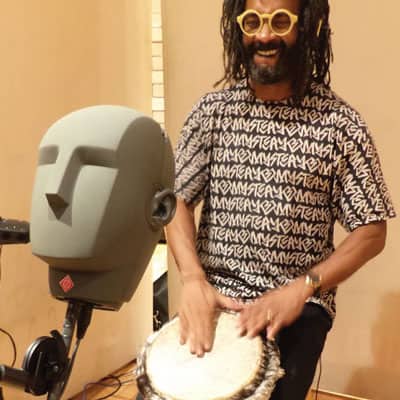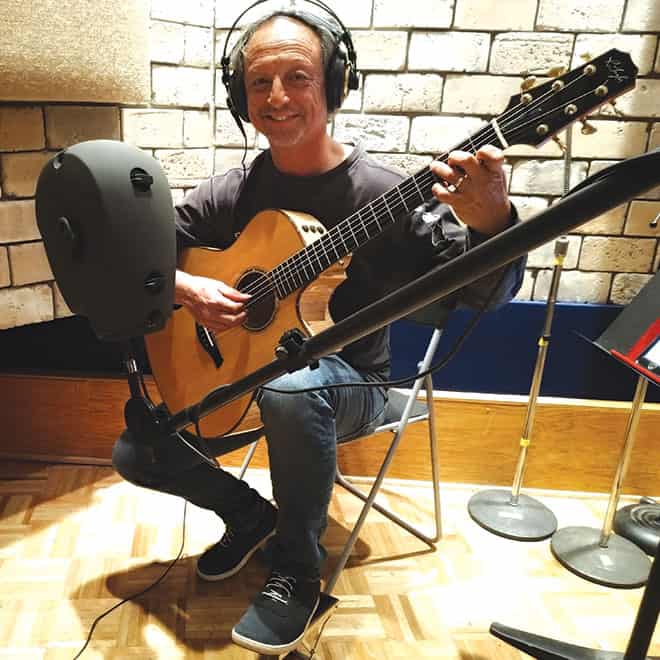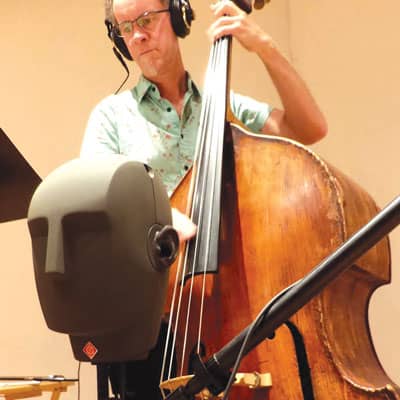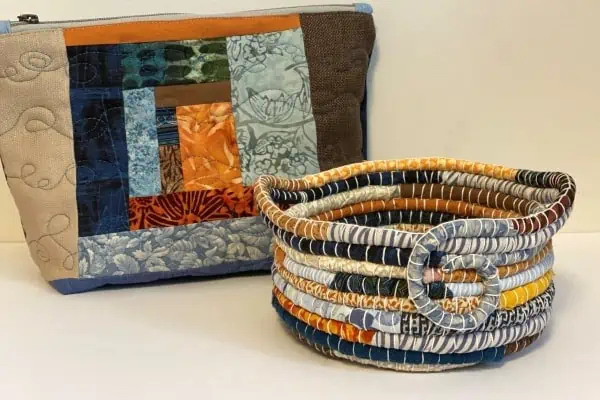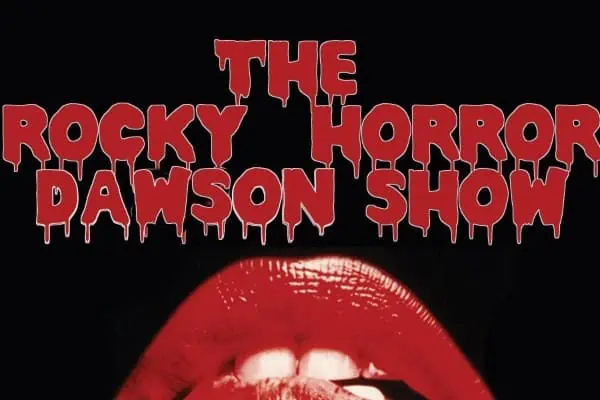After spending the last decade in southeast Asia, renowned Yukon folk artist Matthew Lien has finally returned home to continue his exploration of space. No, not outer space … actually, it’s more like inner space.
“I’ve always been interested in the art of space when I produce music,” Lien explains. “You’ve got your left, right and center, the panning spectrum of instrumentation when you’re mixing, but you can do a lot to increase the depth of field, and increase the left and right boundaries much further than where the speakers are designed, using various technologies.
“Right now, a very big topic, everywhere, is immersive audio, spatial audio.”
During his time abroad in Taiwan and China, where his album Bleeding Wolves went multi-platinum, Lien began to notice a shift in the music industry. The practice of studio recording became more and more relegated to the cheaper, more economical home or laptop computer, and once-staggering vinyl and compact-disc sales dwindled in the looming shadow of online streaming platforms. With that shift, Lien explains, came another inevitable development.
“Everybody on the street, on the subway, is on earbuds now because of the proliferation of the smartphone,” he said. “[Through the] Audio Engineering Society, I discovered that the actual spec of this is that eighty-five per cent of music consumers are doing so over earphones now. [When I started recording], we completely disregarded the headphone market, we just produced music for speakers, but now … the time has come to at least take a shot at disregarding the speaker market entirely and focus on headphone-specific technology.”
Lien is filled with optimism and inspiration at this new potential avenue and has developed what he hopes will be a revolutionary approach to recording technology. It is this new technology that brings him home to the Yukon, conducting recordings and research under his production company, Whispering Willows Records.
Lien’s novel approach to recording and producing music is two-fold. The first problem to address, he explains, is the fact that when one is listening to music on headphones, the sound is intrusive. That is, it sounds like it’s right inside your head. Lien believes that, if the music were to sound as if it were outside the listener’s head, they would be immersed in a much more natural acoustic experience. His new solution begins with an older technology—binaural recording.
“Binaural recording involves using a microphone that looks like a human head, with the stereo microphones embedded in the position of the ear drums,” he explains. “So this kind of microphone is a kind of proxy for your head, so the reason we hear sound in 3D is because of the physics of our binaural hearing system.”
Music recorded with this sort of microphone and played back in headphones creates a very strong sense of spatial immersion.“You feel very much that you are in that environment—that 3D location of sound, combined with the acoustics of the environment that you’re in, all that data is captured in playback … it’s very effective.”
But simple immersion isn’t quite enough for Lien—it’s one thing to get the music out of the listener’s head, but why stop there? Why not put it into, say, a church?
“Space is an art form in music production … how that sound is approaching you, and the acoustics of where that sound appears to be is so valuable and potent when we hear it,” Lien said.
“A sound that starts softly and swells up with emotion, and it’s coming at us from above, or to the left and approaching, it appears to be in some grand acoustic space, and if you can really wrap the listener in the complete three-hundred-and-sixty-degree of that effect, there’s great power in that.”
In order to achieve this effect, Lien uses binaural recording to capture an acoustic profile of a space and use it as an overlay on an audio recording.“By broadcasting a sweep tone into a church, which covers every frequency audible to the human ear, and recording that with binaural microphones and then using special software to examine the difference in the sweep tone from before and after the recording, the software is able to extrapolate the difference and create kind of an acoustic fingerprint of that space, and I’m able to then apply that to a recording.”
Some of the people Lien has shared this with (leading figures in the industry) have written letters of support, inspired and intrigued by the approach, he said, explaining that nobody has taken binaural technology to this level before, to where it could actually be a viable recording technology and process for even typical pop music. His plan, moving forward, is to continue the recording of a completely binaurally-recorded album, several songs of which have already been completed.
Lien’s return to the Yukon, to explore this technology and continue his recording, is not for mere convenience. Like so many others, he returns to the North in search of silence.
“If there was a constant noise floor in any beautiful church, say a freeway outside, you would not care about the acoustic quality; you would not even notice it. The reason we feel performances in concert halls or in cathedrals are so beautiful is because there is that underlying silence.
“I think we need that … that’s one reason people constructed those acoustic spaces in the first place. It’s a service that we provide as musicians and music creators, to create musical art that inspires and then relieves to a point of peace and stillness, especially in this environment.”A lot of that has to do with the Yukon, Lien said.
“I think a lot of my pursuit is probably grounded in growing up here and being in that stillness and peace that it provides, hoping I can somehow share that with others.”
For more information, or to hear examples of binaural recording, visit www.matthewlien.com.

